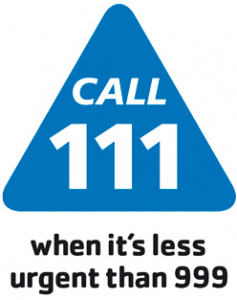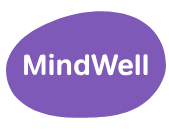A new sprain or strain or an overuse injury can usually be managed at home and should start to improve within a few days. For other hip, knee, foot and ankle problems including longer-term pain, self–management at home using the advice and exercises below will usually help the problem to settle. This advice aims to reduce your symptoms and help the healing process.
Pain relief such as paracetamol or anti-inflammatory pain medication can help to control your pain so that you can keep moving normally.
Heat is a simple and safe way to relieve pain if your pain is more than a few days old. Apply a heat pack, wheat bag or small hot water bottle to the painful area. Always wrap the hot water bottle in a towel first to reduce the risk of burns. You can keep the heat pack applied for as long as it is comfortable; just make sure to check your skin regularly. You can buy heat gels to apply to the skin. These have the same effects as applying a hot or cold pack but are more portable when you are out and about.
Adjust your activities for a while. Often simply reducing the activity which caused the problem or stopping it temporarily can greatly improve your pain. You should aim to gradually re-introduce this activity and build it back up over time.
Exercise can help your recovery. Exercise improves joint nutrition, strengthens muscles and releases the body’s own natural painkillers called endorphins. It is important to get the right balance, avoid doing too much exercise that your pain flares up but too little that your joint stiffens and muscles weaken. A long term commitment to exercise is ideal and so it is important to try different types of exercise so that you find what you enjoy most.
Weight Management is particularly important for hip, knee, and foot/ankle problems. As these are load bearing joints, many conditions are exacerbated by excess weight. You can calculate your BMI to check if you would benefit from losing weight. Take a look at our MSK health and wellbeing information section for more help and support with weight management
Footwear is particularly important for foot and ankle problems and can also affect knee and hip problems. Foot size changes with age, swelling, weight-gain and arthritic changes. Healthy footwear that fits well and is supportive helps to keep our feet healthy and may help to reduce pain. Further advice on foot care and our podiatry (foot care) service can be found here: Leeds community podiatry service information
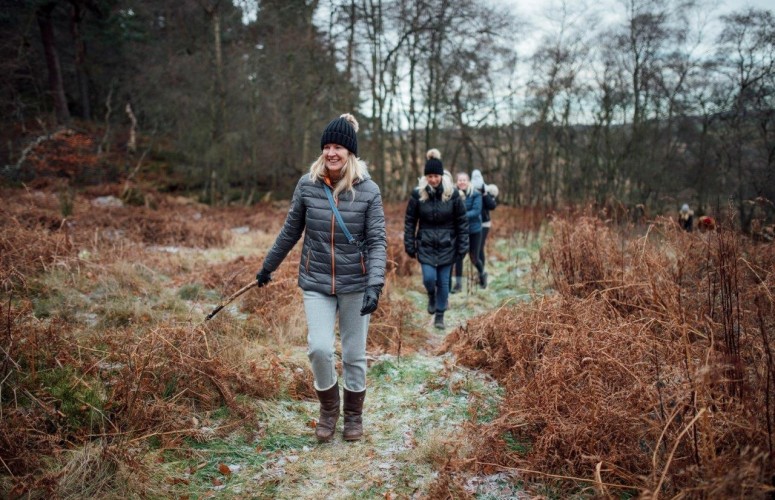
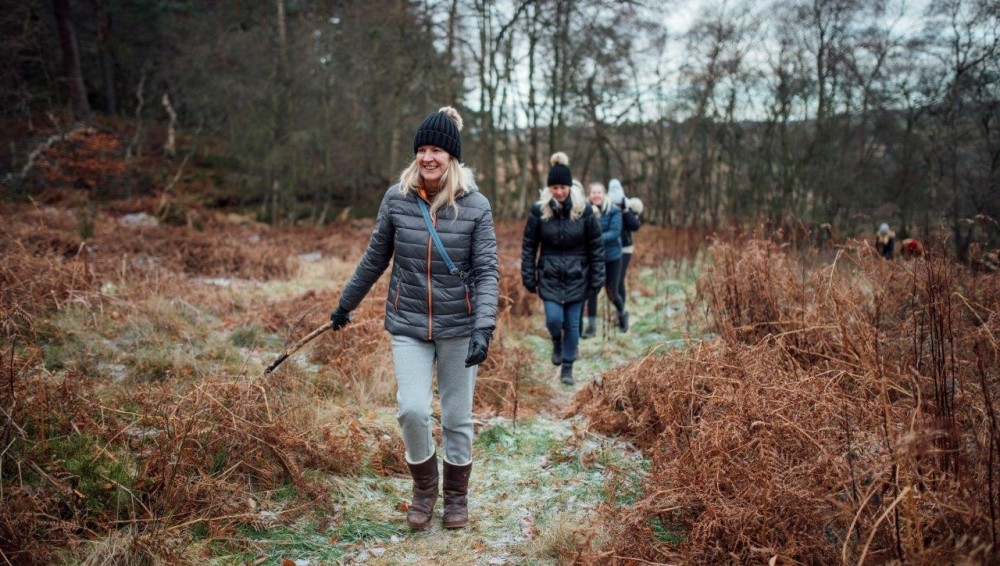
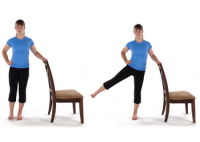 Stand straight holding a chair. Move your outside leg slowly to the side, keeping your knee straight and without changing the position of your pelvis or body. Bring your leg slowly back together. Repeat.
Stand straight holding a chair. Move your outside leg slowly to the side, keeping your knee straight and without changing the position of your pelvis or body. Bring your leg slowly back together. Repeat. 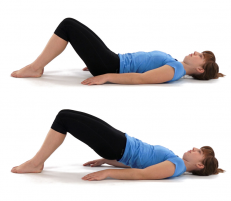 Bridge
Bridge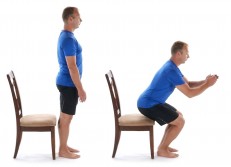 Sit to Stand
Sit to Stand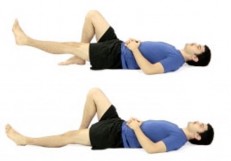 Straight leg raise and hold
Straight leg raise and hold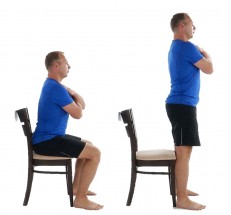 Sit to stand
Sit to stand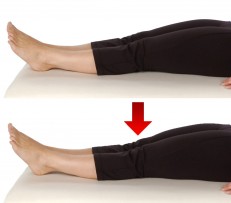 Quadriceps tightening
Quadriceps tightening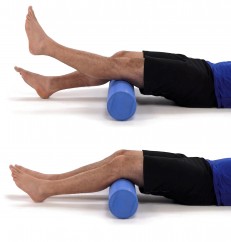 Knee straightening
Knee straightening 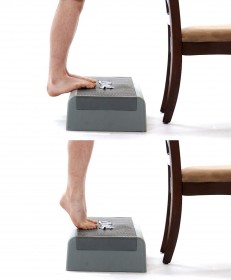 Calf muscle strengthening
Calf muscle strengthening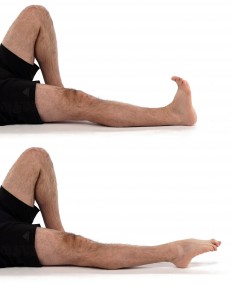 Ankle stretches
Ankle stretches 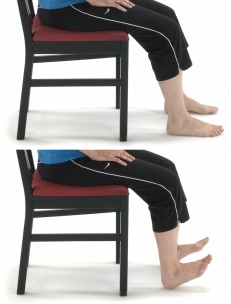 Ankle mobility in sitting
Ankle mobility in sitting 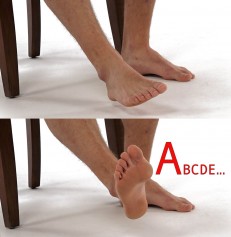 Ankle circles
Ankle circles 